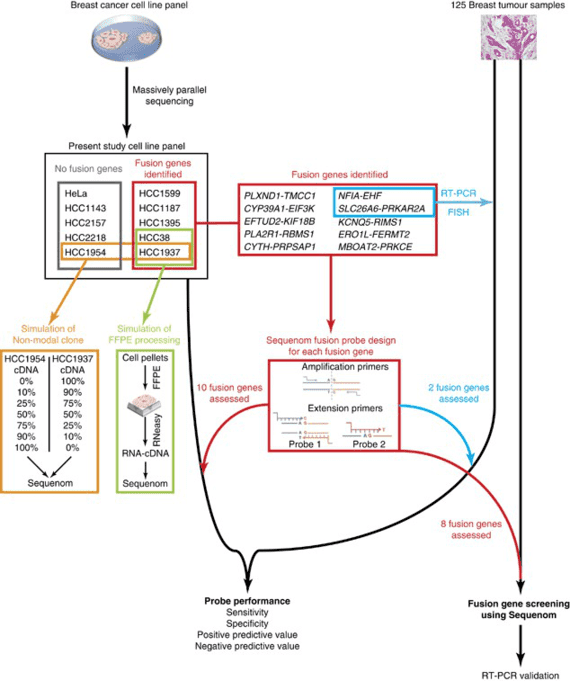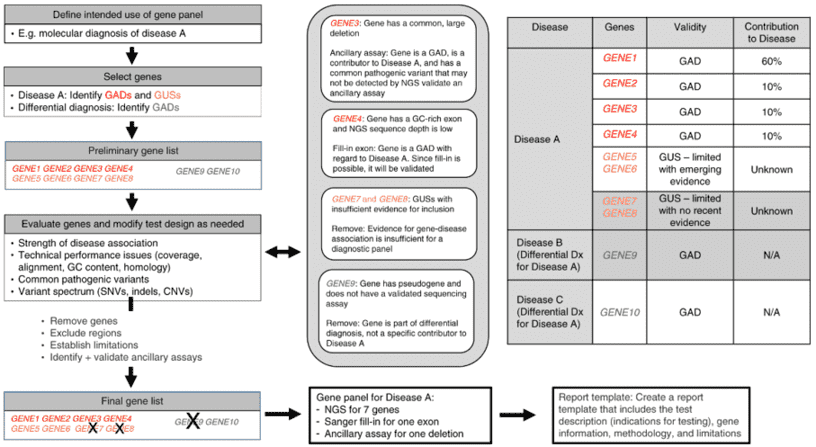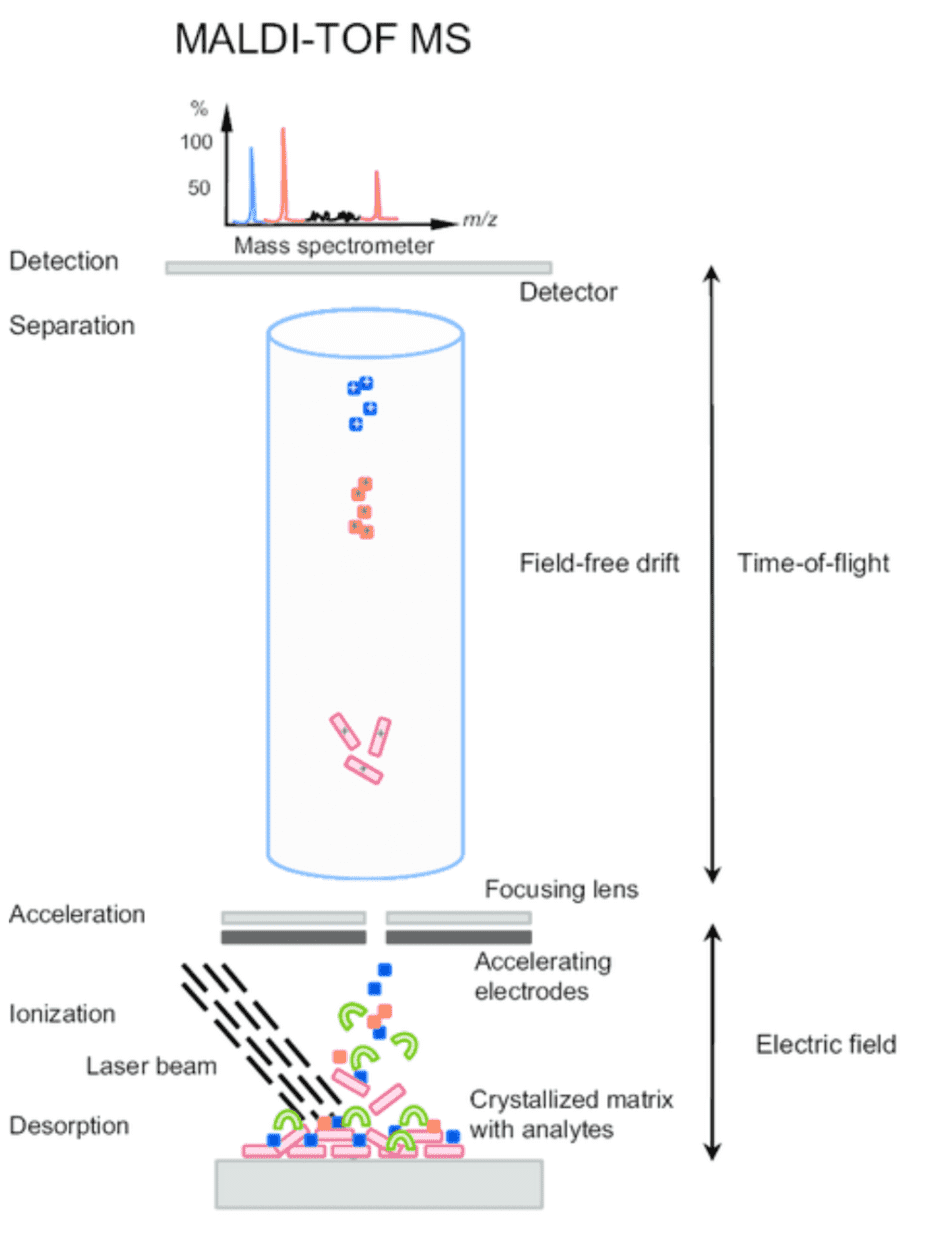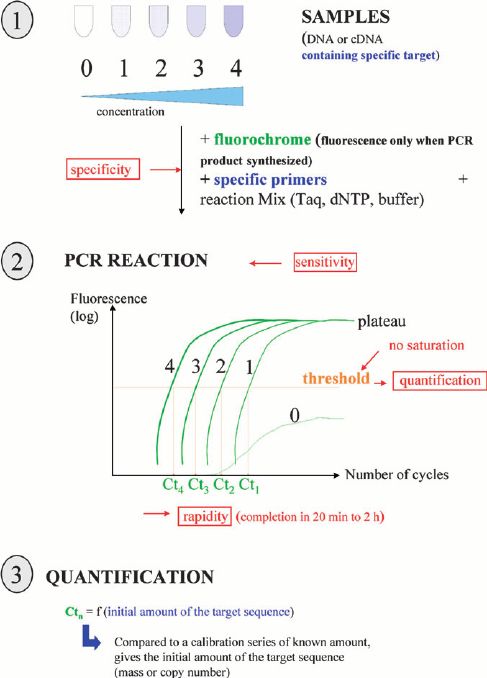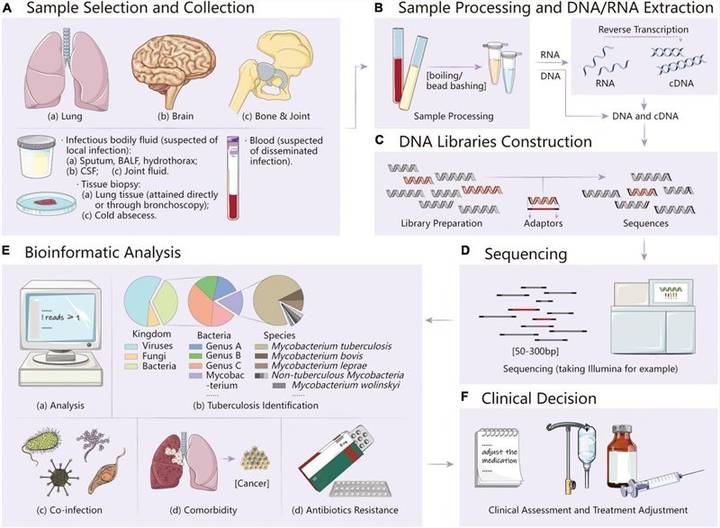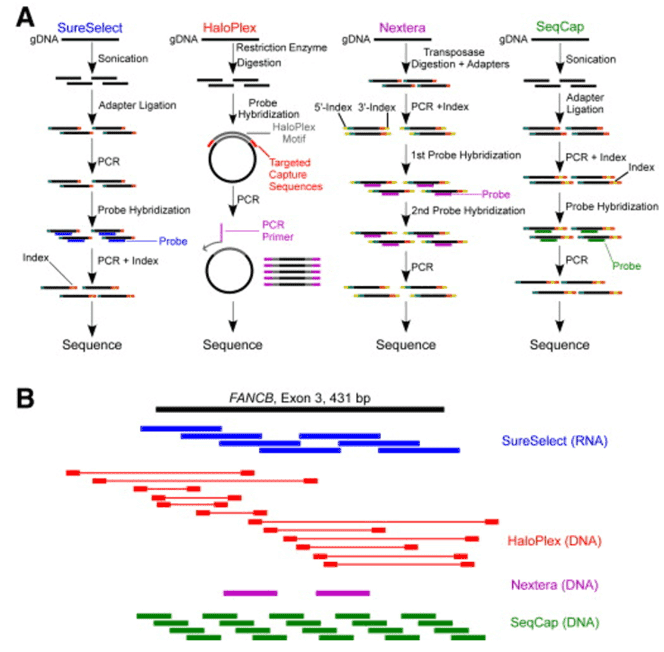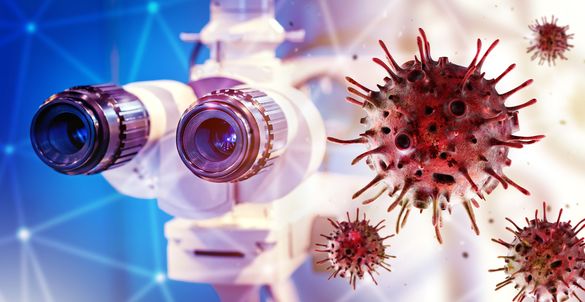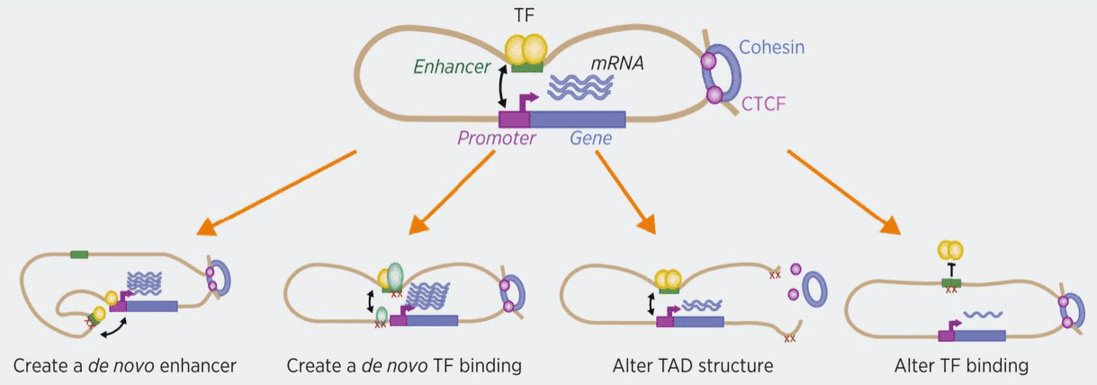Custom Multiple Sclerosis Panel

What is multiple sclerosis?
Multiple sclerosis (MS) is an inflammatory and neurodegenerative disease of the central nervous system caused by a combination of genetic and environmental factors. MS is the second leading cause of neurological disability in young adults in some western countries. According to the 2013 statistics, about 2.3 million people worldwide suffer from multiple sclerosis, and the data may be underestimated due to the relative lack of data for large populations such as India and China. The early features of multiple sclerosis are usually acute neurological deficits, which depend on the area of the central nervous system with acute inflammatory demyelinating lesions and the extent of inflammatory response. However, the mechanism of the formation of myelin regeneration is not fully understood.
Disease-related gene description
Genes involved in the development of MS mainly include myelination regulators, T cell activation and signaling regulators, and adaptive immune regulators. The human leukocyte antigen (HLA) complex is the first identified locus associated with multiple sclerosis. But so far, no research scholars have fully explained how it participates in the occurrence of MS. The hydroxylase encoded by the CYP27B1 gene hydroxylates the inactive form of vitamin D3 to its biologically active form, 1,25-dihydroxyvitamin D3. This may increase the antigen-specific response associated with T cells and trigger inflammation. In addition, studies have shown that low level of vitamin D in serum is associated with the occurrence of MS. Interleukin-8 (IL-8) is expressed in a variety of inflammatory and autoimmune diseases. It is suggested that IL-8 can induce leukocytes to transfer to the central nervous system and induce phagocytosis at the site of infection, which is related to the damage of the blood-brain barrier. Modern genetic methods (genome-wide association studies) have revealed at least twelve other genes outside the IL-8 locus that modestly increase the probability of MS such as COL11A2, DPH5, EXTL2, ALAS2, CA1, SNCA, etc.
In order to provide better services for clinical research of IL-8 and other associated genes, our custom multiple sclerosis panel platform provides a comprehensive library of multiple sclerosis panels from which you can select the genes involved for testing. We provide professional targeted sequencing technology to effectively detect, validate and screen key genes affecting the development of multiple sclerosis. Thus, it can provide a new way to find the pathogenesis of MS, which is helpful for the research of new treatment strategies.
Custom multiple sclerosis panel offers but not limited to:
-
Amplicon sequencing by Illumina MiSeq system and Ion PGM system provides unparalleled coverage uniformity and delivers highly targeted resequencing so that we can detect low frequency multiple sclerosis variants.
-
Only sequencing the customizable multiple sclerosis panel suits your requirements, increases throughput and saves costs.
-
Strict quality control throughout the pipeline workflow ensures the validity and repeatability of the sequencing.
-
In order to obtain accurate results, each detected change in gene level will be further verified.
-
Custom panel content is based on the latest research frontiers on multiple sclerosis, covering all possible genes.
-
You can choose the panel content of interest from our multiple sclerosis library, or discuss your custom multiple sclerosis panel requirements, then we can provide you with a personalized panel.
Choose the genes that suit you from the multiple sclerosis gene list
| ALAS2 |
AQP4 |
CA1 |
CD24 |
| CD26 |
CD28 |
CD58 |
CD226 |
| COL11A2 |
CYP27B1 |
DPH5 |
EXTL2 |
| FcRL3 |
HBB |
HDAC6 |
HLA-DRB1 |
| IL2RA |
IL7R |
IL8 |
IL11 |
| IL17 |
IL21 |
IL32 |
MAP7 |
| MUCL1 |
S1PR1 |
SNCA |
TNFRSF1A |
Specimen requirements of our custom multiple sclerosis panel
- Specimen: blood, cerebrospinal fluid or isolated DNA (no FFPE).
- Volume: 2-5 mL blood, 3 mL cerebrospinal fluid, 3 μg DNA.
- Collection: blood is collected by routine blood collection and separation, and cerebrospinal fluid is taken from the lower lumbar spine using lumbar puncture. It is preferred that the collection date and time can be the same for both cerebrospinal fluid and serum. DNA samples are stored in TE buffer or equivalent.
- Container: cerebrospinal fluid collection tube, lavender-top (EDTA) tube.
Gene panel workflow

For more information about the Custom Multiple Sclerosis Panel or need other amplification requirements, please contact us.
References:
- Vos T, et al. Global, regional, and national incidence, prevalence, and years lived with disability for 310 diseases and injuries, 1990–2015: a systematic analysis for the Global Burden of Disease Study 2015. The Lancet, 2016, 388(10053): 1545-1602.
- Navarro-Barriuso J, et al. MAP7 and MUCL1 are biomarkers of vitamin D3-induced tolerogenic dendritic cells in multiple sclerosis patients. Frontiers in Immunology, 2019, 10: 1251.
- Brown N, et al. Neuronal hemoglobin expression and its relevance to multiple sclerosis neuropathology. Journal of Molecular Neuroscience, 2016, 59(1): 1-17.
- LoPresti, et al. The Selective HDAC6 Inhibitor ACY-738 Impacts Memory and Disease Regulation in an Animal Model of Multiple Sclerosis. Frontiers in Neurology, 2019, 10.
- Kunkl M, et al. CD28 Autonomous Signaling Up-Regulates C-Myc Expression and Promotes Glycolysis Enabling Inflammatory T Cell Responses in Multiple Sclerosis. Cells, 2019, 8(6): 575.
* For research purposes only, not intended for clinical diagnosis, treatment, or individual health assessments.
Related Services
Related Products
Related Resources













